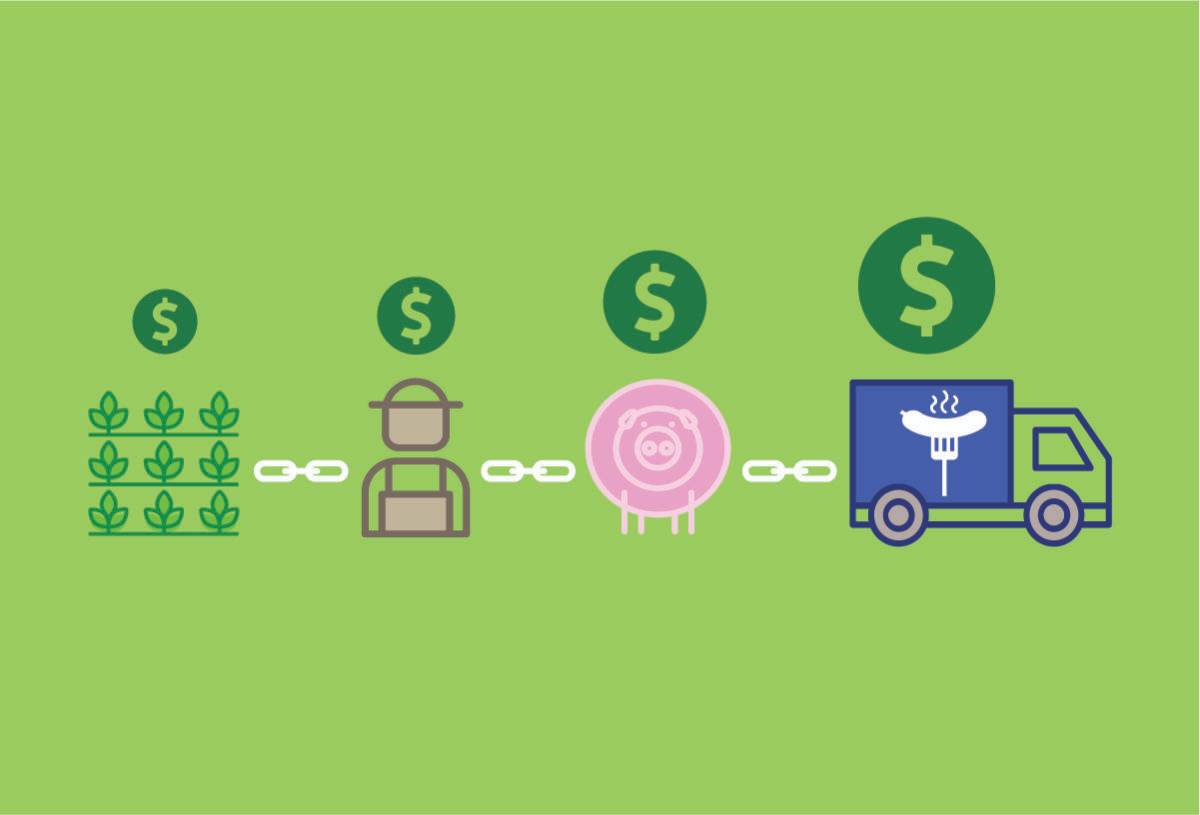Olin research: Could 2018 tariff impact have been foreseen?
- April 17, 2019
- By Kurt Greenbaum
- 4 minute read

A global trade war initially launched with Trump Administration tariffs on Chinese steel in 2018 indeed boosted domestic steel production.
But as analysts learned how higher costs would affect downstream manufacturers—and later affect demand for domestic steel—stock prices for US steelmakers tumbled by almost 50 percent year-over-year.

Olin researchers cited that anecdote—among many others—in new research exploring the complexity of tariffs as a trade tool in a global economy. The new paper also established a supply chain model to explain those effects and proposing that in some cases, the effects were foreseeable when accounting for strategic, multi-party interactions and competition.
“The logic that levying tariffs will help protect and strengthen the corresponding domestic industries is not that straightforward in today’s global economy,” wrote Lingxiu Dong and Panos Kouvelis in their paper, “The Impact of Tariffs on Global Supply Chain Configuration: Models, Predictions and Future Research,” accepted for publication in the journal Manufacturing & Service Operations Management.
When policy makers employ a tariff—a tax on imported or exported goods—as a tool to protect a domestic industry from foreign manufacturing, they may assume the industry operates in a vacuum. But as Kouvelis explained, the effect of imposing a tariff on, say, soybean exports, has ripple effects throughout the supply chain for both soybean farmers and their suppliers as well as for the downstream consumers of soybeans.
Risk of changing suppliers

In retaliation for earlier US tariffs, the Chinese government imposed a 25% tariff on 106 US goods—including soybeans—in April 2018. Chinese buyers of US soybeans—often used as feed by pork producers—have started finding suppliers in Brazil and Argentina, avoiding higher prices. Thus, the Chinese market begins to dry up for US soybean farmers, possibly forever. Agribusiness firms in South-America are expanding aggressively in the region to capture the Chinese market opportunity.
“Suddenly, they realize there’s another sourcing opportunity and they seize the opportunity,” said Kouvelis, Emerson Distinguished Professor of Operations and Manufacturing Management at Olin.
Tariffs have short-term benefits and long-term implications that are frequently quite unpleasant. In the long term, firms adjust to the new realities.
Panos Kouvelis
Kouvelis and Dong began working on their paper about 10 months after the Trump Administration levied the first tariffs on steel and aluminum imports from all nations, including China, in March 2018.
“It’s a very timely topic. What we thought as we started reading the stories was that the impact is not that obvious,” Kouvelis said. Under the theory, tariffs would protect US manufacturers from cut-rate imports of foreign-made steel and aluminum. US firms could expand, hire and supply more US consumers of steel and aluminum. But that’s not how it works.
“Trade policies such as tariffs have significant implications not only for the industries the policies were intended to protect, but also for the complex supply chain that they are a part of,” said Dong, professor of operations and manufacturing management. “The net effect of those reactions on the industry and the supply chain is hard to predict.”
The researchers did not conclude that tariffs were a poor instrument for executing trade policy. Rather, policy makers must be aware of the likely effects if they’re used. For example, tariffs may indeed restrict trade within a region of the globe—but that doesn’t mean all the companies within that region will be US firms.
“Companies go where they see the opportunities and the growth,” Kouvelis said. “We are moving towards regional supply chains, and in many cases that might be a desirable supply chain outcome. Shorter and market-focused chains are often argued as agile and lean. But tariffs might not have been the best way to end up there, and they may have caused competitive headaches for some of the US companies.”
Building a forecasting model for supply chain restructuring
In their research, the pair developed a number of mathematical models accounting for different variables in the supply chain. They examined where the supplier of raw materials is located relative to the manufacturers of finished goods, for example. Or whether the suppliers or manufacturers have multiple production plants in international locations or localized facilities.
Other variables include the costs of shipping goods or finished products and the ability (or inability) of a company to pivot to new suppliers or production facilities as costs rise.
Woven throughout, the two researchers sprinkled anecdotes about how the tariffs have affected companies and industries. Motorcycle maker Harley-Davidson, for example, experienced higher production costs in the United States, thanks to steel and aluminum tariffs, and an increase of $2,200 per bike from shipment costs resulting from European retaliatory tariffs. The company ended up shifting some of its production to Europe to better deal with such cost increases.
Meanwhile, the researchers captured the complexity of the auto industry, where US-made cars may be using Chinese components that are potentially exposed to US tariffs, while the final products exported to China are also exposed to Chinese tariffs.
The model Kouvelis and Dong created would predict what is actually happening: US carmakers are shifting production to China, especially for the lower end car models—employing more Chinese workers and fewer US workers. US production facilities will experience further labor declines through flexible automation.
“We can tell you in stories after the fact some of the impact, but we need a model that predicts the direction of change and explains the stories,” Kouvelis said. “What are the factors you have to think about so you can predict the move before it happens—rather than being a Monday-morning quarterback?”
Media inquiries
For assistance with media inquiries and to find faculty experts, please contact Washington University Marketing & Communications.
Monday–Friday, 8:30 to 5 p.m.
Sara Savat
Senior News Director, Business and Social Sciences
